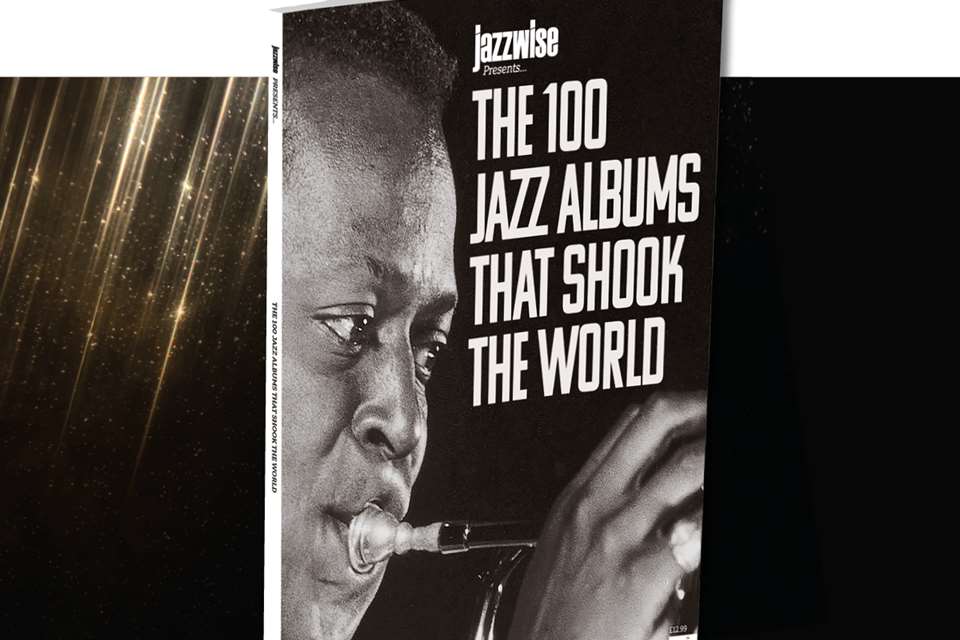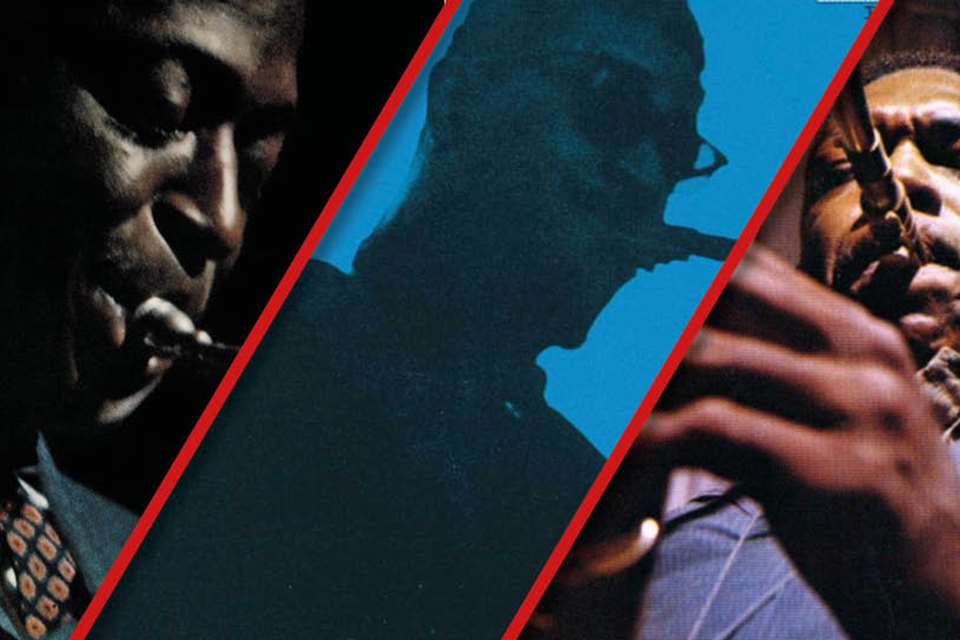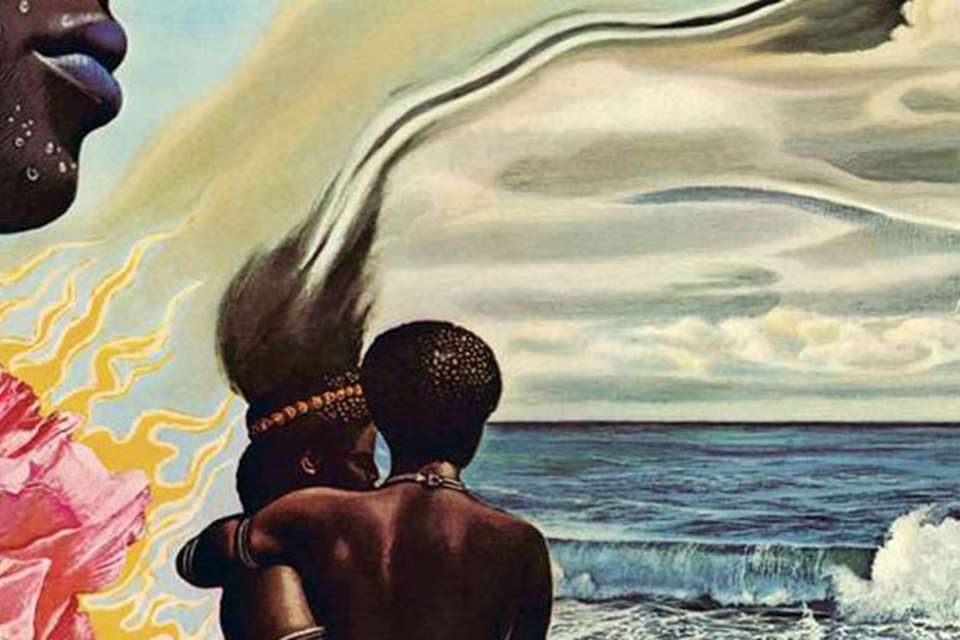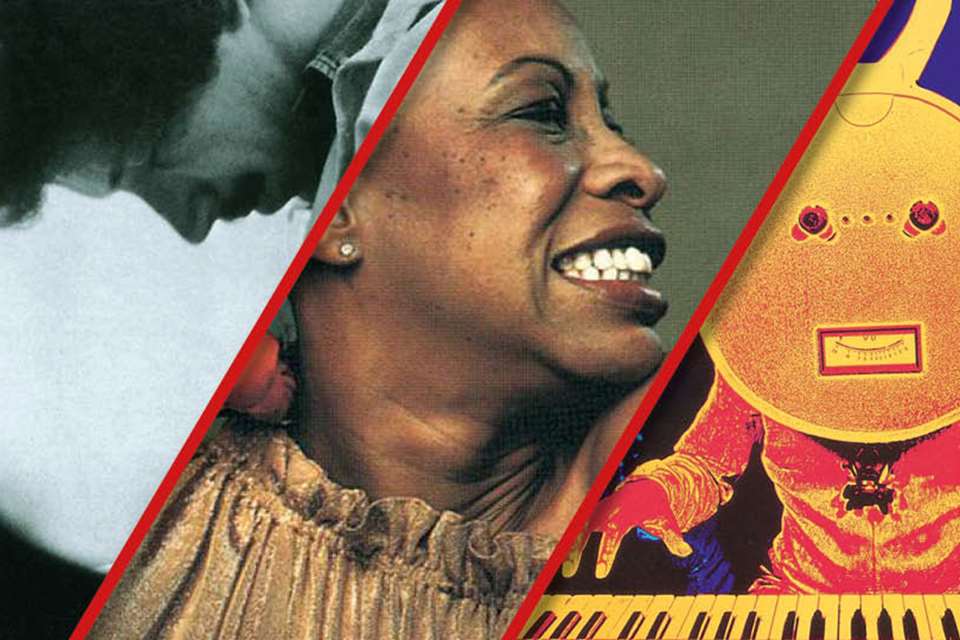Jack Kerouac and Jazz: “I want to be considered a jazz poet blowing a long blues in an afternoon jam session on Sunday”
Keith Shadwick
Monday, November 15, 2021
Jack Kerouac's 'On the Road' did for literature what Charlie Parker and John Coltrane did for jazz, whipping it up into brave new shapes and forms that challenged the norm and set a generation in motion, writes Keith Shadwick
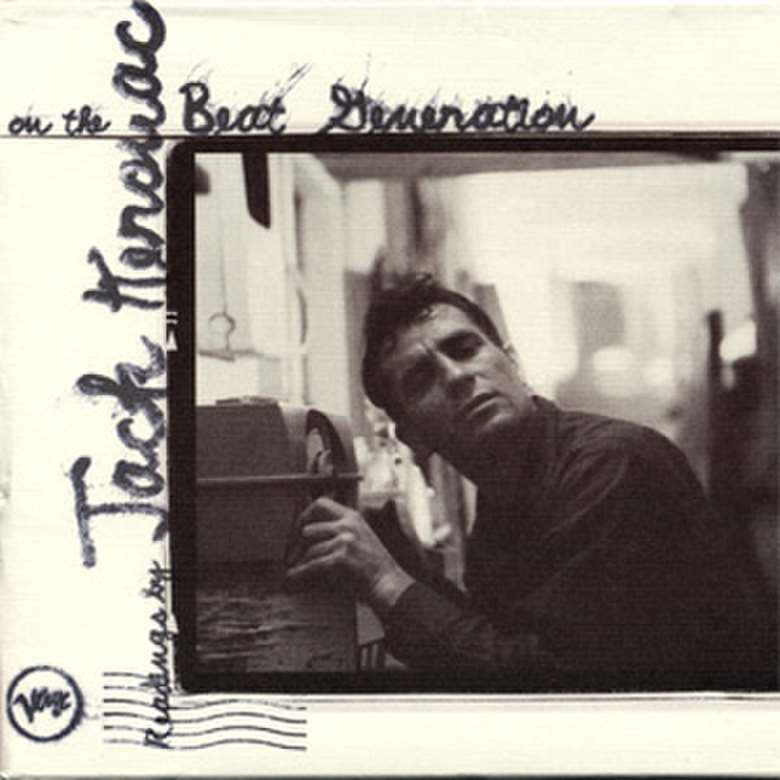
Of the Beat Generation poets and novelists, Jack Kerouac, that self-destructive desolation angel, man of endless personal contradictions and effervescent enthusiasm, is the one that most tried to make a genuine fusion between literary and musical creation. He didn't imitate fugues or the sonata form; rather, his writings exclaimed an uncontainable whoopee of adrenalin-fuelled delight at winning the freedom to spontaneously create his own contemporary mythology through his writings. That mythology may have been closely allied to his friends and colleagues of the early Beat scene such as Ginsberg and Neal Cassady, but it also included his heroes of the cultural underworld that was jazz in the decades of his youth.
For Kerouac, jazz epitomised the values he held most dear. When his heroes played, their improvisations illuminated truths about his life, helped point the way for him through his ecstatic revelations. Unsurprisingly, his heroes were the great players of his youth: Lester Young, “that gloomy, saintly goof in whom the history of jazz was wrapped” (On The Road), Roy Eldridge, “vigorous and virile, blasting the horn for everything it had in waves of power and logic and subtlety” (On The Road), and Lionel Hampton, “everybody with sweat, claps, jumping fools in the aisles, the drummer booming and belabouring on his stage as the whole theatre rocked” (The Beginning of Bop).
In stating his opinion that Parker was “musically as important as Beethoven" he was saying something both insightful and revolutionary
Most passionately, though, it was Charlie Parker, “Musically as important as Beethoven/Yet not regarded as such at all” (Mexico City Blues), Dizzy Gillespie, who "comes on in waves of thought, not phrases” (a brilliant description from Desolation Angels), and Thelonious Monk, “the monk and saint of bop” (Subterraneans). In stating his opinion that Parker was “musically as important as Beethoven" he was saying something both insightful and revolutionary – no one in 1940s establishment America, when Kerouac originally thought these thoughts, would have given such notions the time of day. The point Kerouac was making, in a young country still unsure of its position in Western culture, was that the USA’s claim to musical genius of the first calibre had arisen not through the conservatories and music schools but through the ignored and slighted underclass of black America. It was the wildflowers that were bearing the heaviest fruit, not the cultivated ones.
In his version of reality, Kerouac was a wildflower himself. He could write his endless, edgy, unpredictable sentences because he was there when this music was being invented and he learned to adopt its nervy baroque excess to the written word. Known on the scene, even to the point of having a Dizzy Gillespie-led jam at Monroe’s in 1941 named ‘Kerouac' in his honour, he spent many nights watching his heroes improvise on the bandstand like mythical creatures. For Kerouac, of course, they were great mythical creatures equal to those of the Greeks and Romans, for he elected all his contemporaries to the pantheon which ruled and shaped the course of his life: his friends, his girlfriends, his lovers, his literary buddies and mentors and the musicians who did so much to create the atmosphere within which he lived out his best, most intense years of existence.
All this manic celebration of the exotic in everyday life established the rules for the so-called youth revolution of the 50s and 60s. For the past 50 years rock ’n’ roll has been the soundtrack to America’s automobile obsessions, partly because rock captured teenage suburban America. But Kerouac had previously placed an entirely different music right in the middle of the Great American Myth. In a key section of On The Road, just as The Great Ride is getting under way, he writes: “Dean suddenly became tender... ‘Now we’re heading down to New Orleans to dig Old Bull Lee and ain’t that going to be kicks and listen will you to this old tenorman blow his top’ – he shot up the radio volume till the car shuddered – ‘and listen to him tell the story and put down true relaxation and knowledge.’ We all jumped to the music and agreed. The purity of the road. The white line in the middle of the highway unrolled and hugged our left front tire as if glued to our groove.”
To anyone who bothered to read his novels rather than just talk about them, his open adulation of jazz singers and instrumentalists was not only instructive as to his own activities but entertaining in their own right. On The Road dedicates three pages to capturing a night-club performance by Slim Gaillard. “In Frisco great eager crowds of semi-intellectuals sat at his feet and listened to him on the piano, guitar and bongo drums," he wrote. Amongst those semi-intellectuals, his pal Neal Cassady stood out as head loon. “Now Dean approached him. he approached his God; he thought Slim was God; he shuffled and bowed in front of him and asked him to join us. ‘Right-orooni,’ says Slim; he’ll join anybody but he can’t guarantee to be there with you in spirit... Every time Slim said, ‘Orooni’, Dean said ‘Yes!’ I sat there with these two madmen. Nothing happened. To Slim Gaillard the whole world was nothing but one big orooni.”
By the close of the 1950s his deep vein of creativity was running dangerously close to empty. He still had something left to come in Desolation Angels and Lonesome Traveller but he had already relayed warning signs of decay and dissolution in Subterraneans, published in 1958 but written years before that. As one of many signs of disaffection, his black girlfriend Mardou, towards the end of their affair, intones solemnly “I don’t like bop, I really don’t, it’s like junk to me, too many junkies are bop men and I hear the junk in it.”
Yet these were the years of his greatest fame, starting off in September 1957 with On The Road's publication. That very same month he watched Monk and Coltrane create jazz history at the Five Spot which, he later wrote, “is darkly lit, has weird waiters, good music always, sometimes John “Train” Coltrane [sic] showers his rough notes from his tenor horn all over the place.” (Lonesome Traveller)
“Holy flowers floating in the air, were all these tired faces in the dawn of Jazz America”
Between then and the beginning of the next decade he made a short series of LPs that would be a permanent record of not only his links to jazz in prose and poetry but his unique performance style. Kerouac had two record producers who believed in him, both common names to jazz fans: Bob Thiele and Norman Granz. Thiele and pianist/TV star Steve Allen were brought in to make Kerouac's first album, Poetry For The Beat Generation, after the poet had completed a successful week at the Village Vanguard in December 1957. This album contained, among other things, an excerpt from Mexico City Blues which was hastily but accurately titled 'Charlie Parker’, since it deals with Jack’s thoughts on one of his demi-gods. The success of this session led to a follow-up for the same team, this time augmented at Kerouac’s request by tenor players Zoot Sims and Al Cohn. Unaccustomed to the habits of professional jazz jobbers, Kerouac was apparently dismayed when both men coolly packed up their horns and left immediately after the session, turning down an offer of an after-gig drink. The record was eventually released with the title Blues and Haikus.
Approaching Kerouac from the other side of the jazz-poetry marriage, Norman Granz asked the writer to join his spoken word series on Verve. The resulting recording sessions provided more than enough for two albums, but Granz chose to release just one, Readings by Jack Kerouac on The Beat Generation. Close to 30 minutes of other readings from these sessions eventually saw the light of day (along with material of more dubious aural merit) in 1999 on a Rykodisc CD release, Jack Kerouac Reads On The Road. The three official releases were reissued separately on CD by EMI and Verve in the 1990s and in a special 1999 deluxe boxed set by Rhino, called simply Jack Kerouac.
After this late-50s string of recording dates it was mainly silence, retreat and a series of false starts mixed with genuine inspiration for a prematurely ailing writer with a fatal fondness for beer and benzedrine. He died, aged just 47, in 1969. Still, Kerouac had by then provided ample proof of his love for the ebullient, adrenaline-laced music that he and his generation of beats, intellectuals and drop-outs lived, loved and passed out to in those intoxicating post-war years. As he recalled it, “Holy flowers floating in the air, were all these tired faces in the dawn of Jazz America” (On The Road).
This article originally appeared in the September 2007 issue of Jazzwise magazine. Never miss an issue – subscribe today
